#FDL: Poetry Collections for Poetry Month
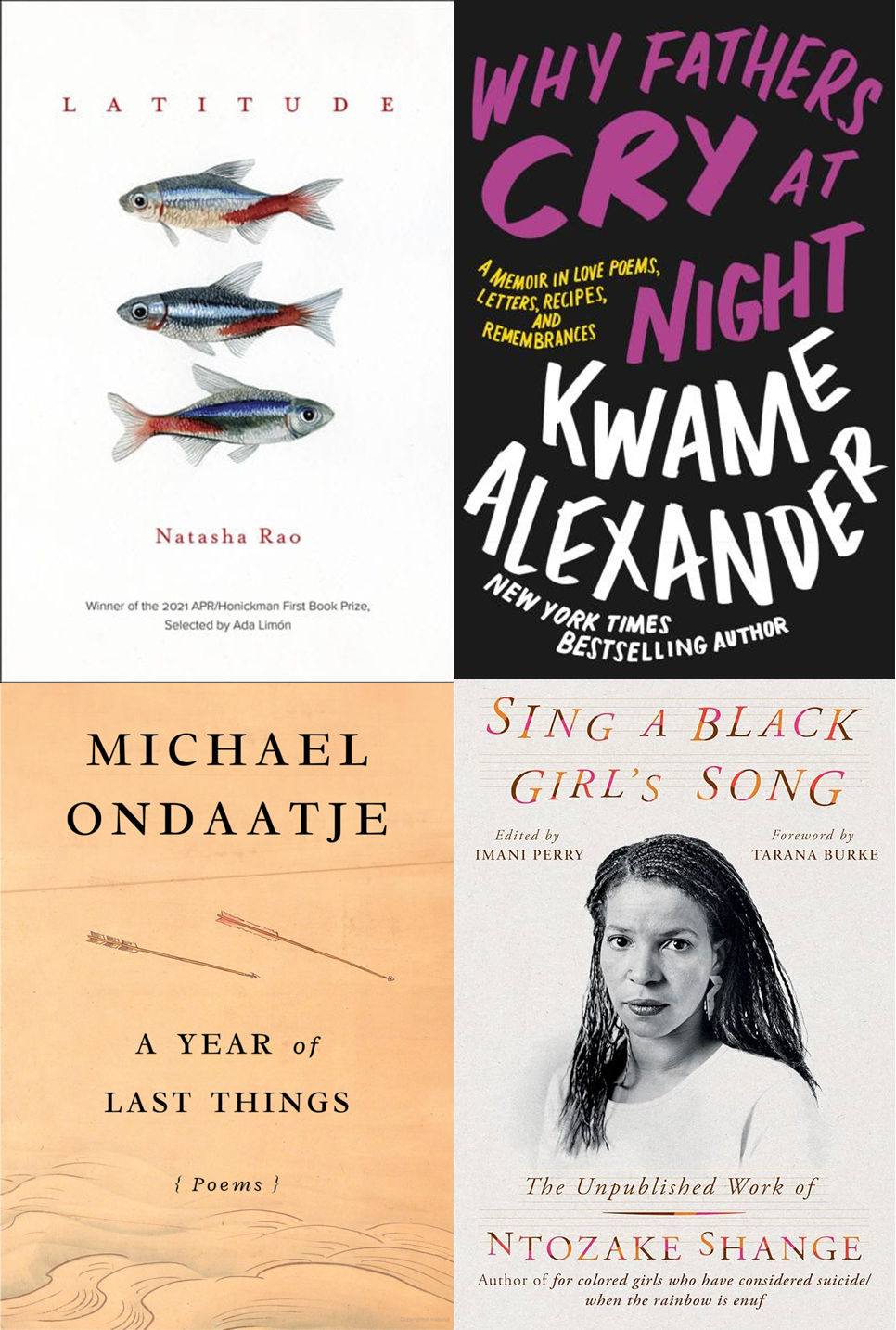 April is Poetry Month. Check out one of these newer collections of poetry at our library!
April is Poetry Month. Check out one of these newer collections of poetry at our library!
In an intimate and non-traditional (or “new-fashioned”) memoir, Kwame Alexander shares snapshots of a man learning how to love. He takes us through stories of his parents: from being awkward newlyweds in the sticky Chicago summer of 1967, to the sometimes-confusing ways they showed their love to each other, and for him. He explores his own relationships—his difficulties as a newly wedded, 22-year-old father, and the precariousness of his early marriage working in a jazz club with his second wife. Alexander attempts to deal with the unravelling of his marriage and the grief of his mother’s recent passing while sharing the solace he found in learning how to perfect her famous fried chicken dish. Alexander weaves together memories of his past to try and understand his greatest love: his daughters.
Sing a Black Girl’s Song: The Unpublished Work of Ntozake Shange By Ntozake Shange
Sing a Black Girl’s Song is a new posthumous collection of Shange’s unpublished poems, essays, and plays from throughout the life of the seminal Black feminist writer. In these pages we meet young Shange, learn the moments that inspired for colored girls who have considered suicide/when the rainbow is enuf…, travel with an eclectic family of musicians, sit on “The Couch” opposite Shange’s therapist, and discover plays written after for colored girls’ international success. Sing a Black Girl’s Song houses, in their original form, the literary rebel’s politically charged verses from the Black Arts Movement era alongside her signature tender rhythm and cadence that capture the minutia and nuance of Black life.
Chosen as the winner of the 2021 APR/Honickman First Book Prize by Guggenheim Fellow Ada Limón, Natasha Rao’s debut collection Latitude abounds with sensory delights, rich in colors, flavors, and sounds. These poems explore the complexities of family, cultural identity, and coming of age. By turns vulnerable and bold, Latitude indulges in desire: “In my next life let me be a tomato/lusting and unafraid,” Rao writes, “…knowing I’ll end up in an eager mouth.”
*Annotations from the publishers
Posted by Susie Rivera, Reference Specialist
#FDL is an update on all things Fondulac District Library and books.


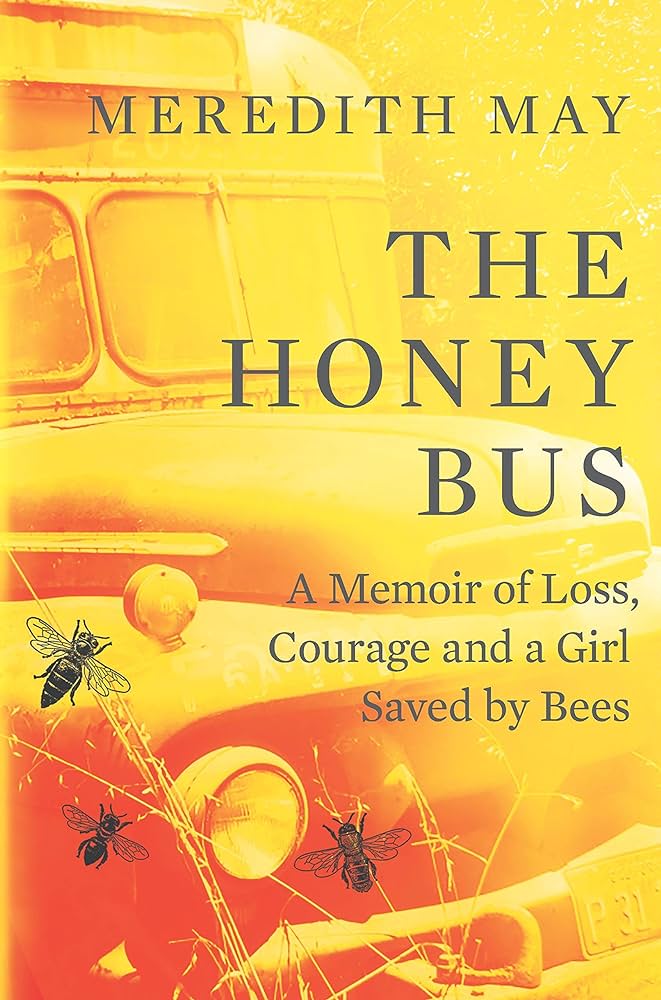 The Honey Bus: A Memoir of Loss, Courage and a Girl Saved by Bees by Meredith May
The Honey Bus: A Memoir of Loss, Courage and a Girl Saved by Bees by Meredith May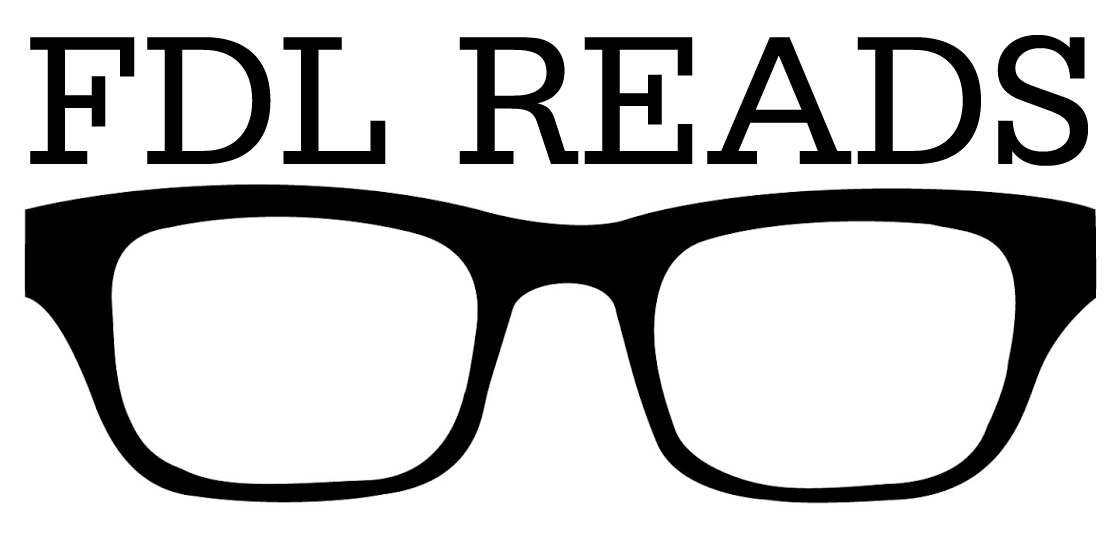
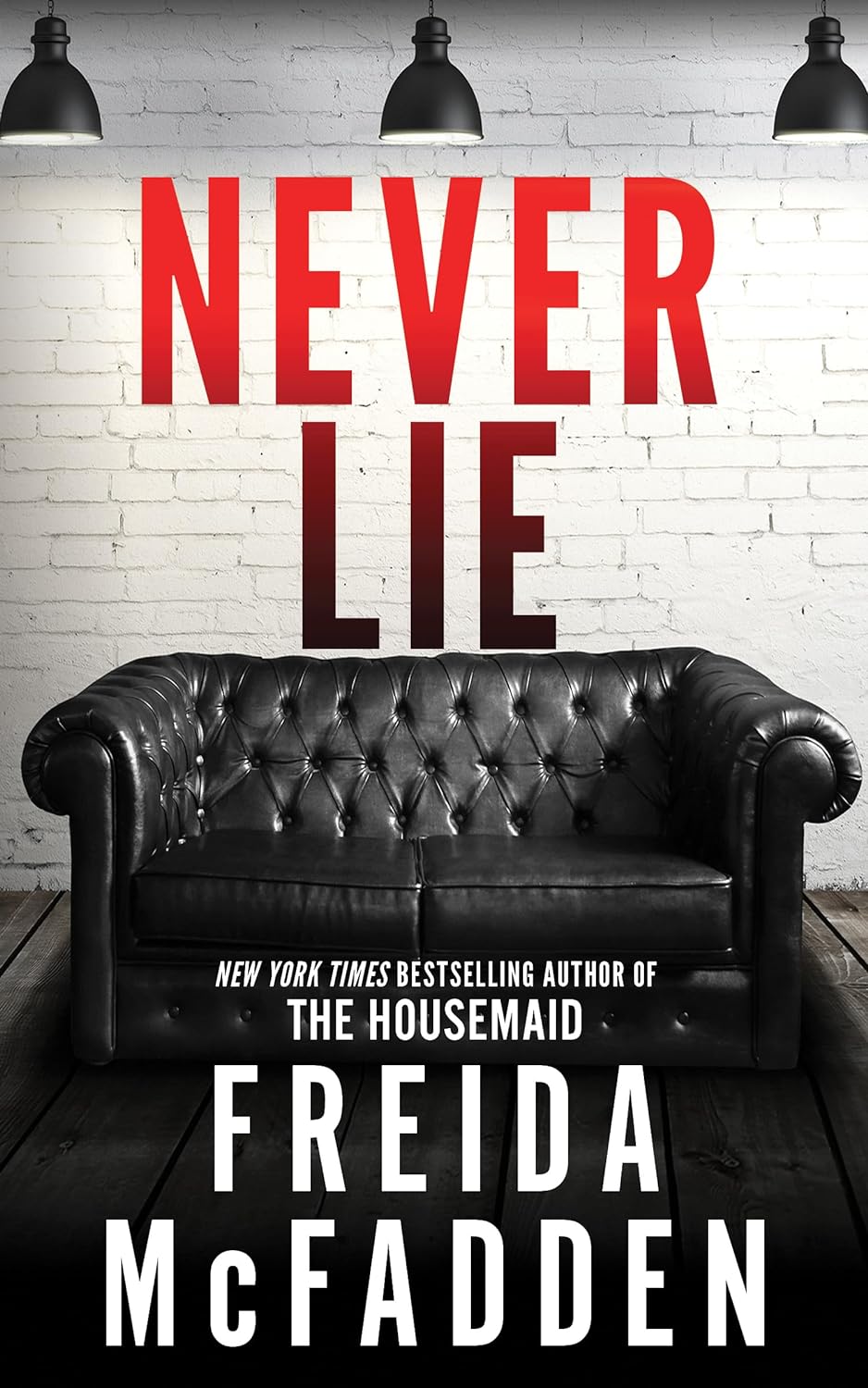 Never Lie by Freida McFadden
Never Lie by Freida McFadden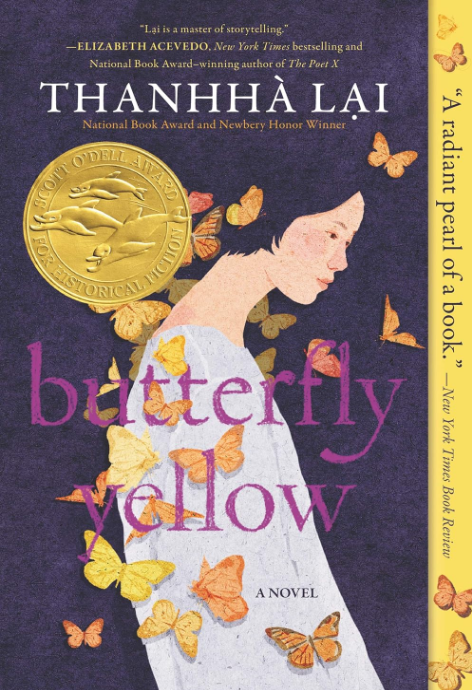

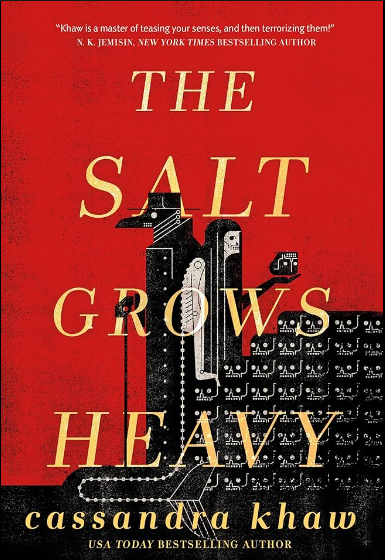

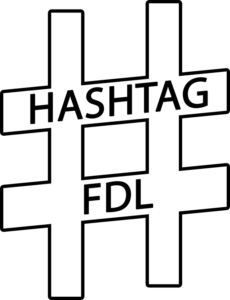
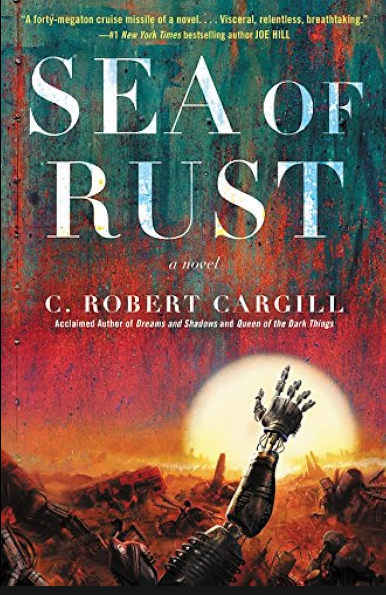


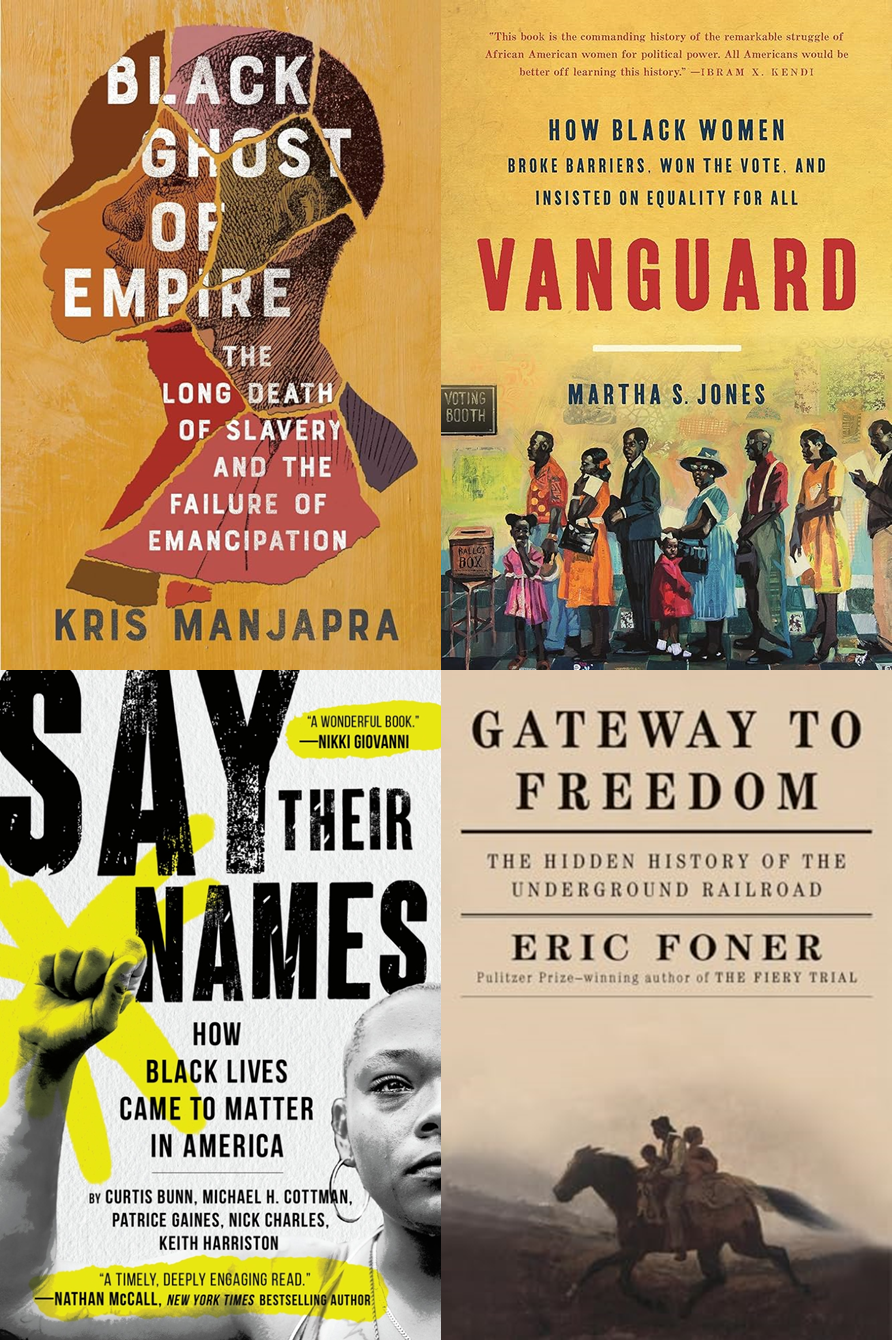 From the Civil War, to the 1960s Civils Rights Movement, to Black Lives Matter—these books from our nonfiction collection are essential reads for Black History Month.
From the Civil War, to the 1960s Civils Rights Movement, to Black Lives Matter—these books from our nonfiction collection are essential reads for Black History Month.